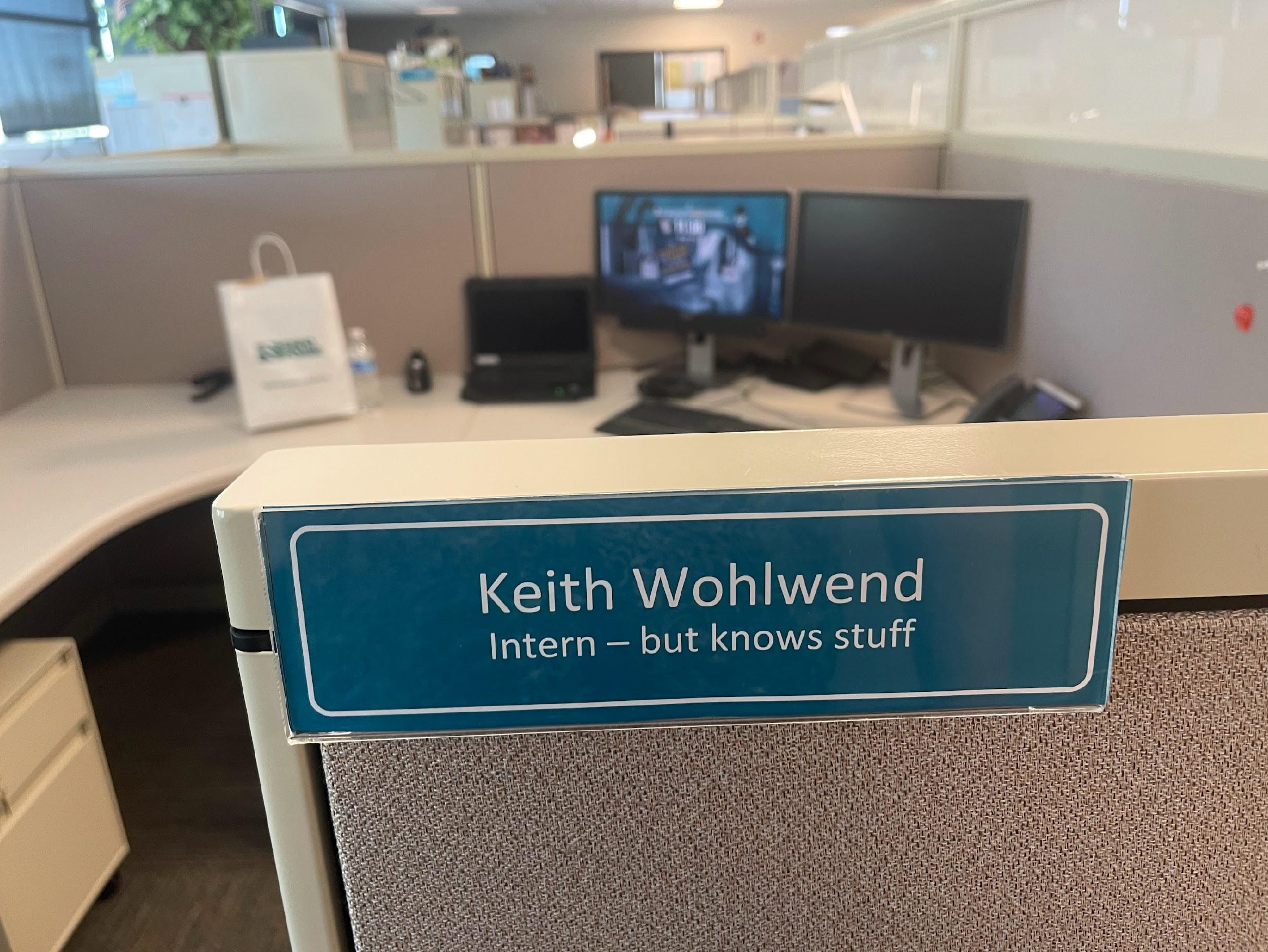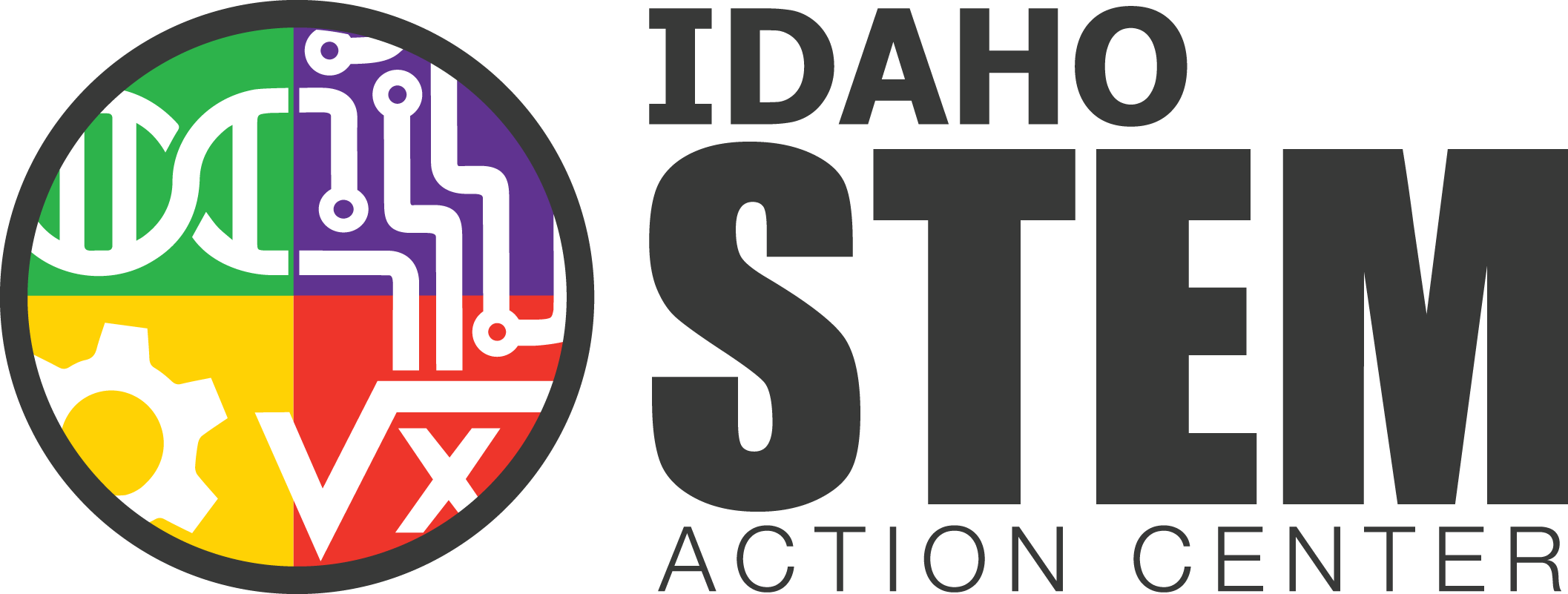Keith Wohlwend at Idaho Power
 The summer I got a bachelors in electrical engineering.
The summer I got a bachelors in electrical engineering.
Okay I did not go back to school (again!) but that is what it felt like being an extern for Idaho Power this summer. The combination of job shadowing, hands on experiments, discussing everything electric, and learning was powerful. I am a dad of two amazing kids, so you might see some more dad jokes.
Speaking of kids, one of my worries was that I would not have much time to enjoy the summer with my kids since I would have to “work” over the summer. My site host Angela Miller, an education and outreach coordinator for Idaho Power, made it clear that they would be very flexible with time constraints, and even encouraged me to bring my kids with me on some days. Suffice it to say I’m extremely grateful for the teams I had the privilege of working with this past summer. Here’s a little snippet of the experiences I had this summer.
The first goal of my externship was to build some lessons for my 9th grade physical science classes’ electricity unit. I have already had Angela and lineman come to my classroom and give a presentation on safety around high voltage lines (if you haven’t had them come into your classroom find your Idaho Power rep asap!). Angela had tested out an electric grid card sort activity in the spring in my class and I figured I could expand upon that. The big idea of the lesson is to track the flow of electricity in making a piece of toast, fun! I put some flare into the pictures, and then had the idea that students should connect the grid using different colored yarn, one for transmission lines and the other distribution lines. Students really have to work together now! I loved working on the information for the back of the card, as one does when you are researching you go to a reputable website and gather the information you need. I did that for part of the information BUT I had access to direct information from Idaho Power. The office staff, who I don’t think I annoyed too much with my constant stream of questions, filled in real world data on everything from power consumption, infrastructure, and even more fun facts on generation of electricity. Thanks Chris, and the rest of the Idaho Power Twin Falls crew!!
I also had the opportunity to work with and be mentored by DaNel Hogan a science educator who eats breathes and swims in a constant state of science and STEM. She’s won a bunch of fancy awards and is a big deal. She runs the wired for wonder strand at the CSI iSTEM. You should seriously book her for a science PD. But she took time out of her schedule to meet with me and push me along on the electric grid building lesson and model that was my second lesson/project. She helped guide me and even got the glue gun out for building a model electric grid. I love hands-on activities and making a working electric grid hit all of my science teacher highs. I can’t wait to see what my students do.
I would also like to thank two Idaho Power staff that I shadowed:
Paul Ortman, a principal electrical engineer and guru, guided me through an actual experiment he was running on electric versus magnetic fields created by transmission lines and their effect on underground pipes and fences. I missed him on the day he was working on the problem, but he got the whole experiment out again and we set it up and the next two hours were a constant flow of questions, whiteboarding, and digging into the intricacies of the electric grid. I smile everytime I think of that day, I’m pretty sure I got a few more folds in the ol’ brain after that experience.
And Wes Aquioso for literally showing me the ropes. I met Wes at the “yard” at 7:00 am and we got right to work. The first task was to run power to a brand new home under construction. I thought he’d flip a switch or move a line or something simple nope. We were digging space for the sweep, the name for the curved section of pipe you don’t see underground but that feeds electricity from the pole to your meter and electrical panel. Then another lineman, Dave, and I pulled the super thick aluminum line from the pole and through the protective pipes we just glued it together to the new electrical panel. These guys make it look easy. Again there was a constant onslaught of questions by me and they both just rolled with them. Their knowledge was impervious, as well as their concern for safety. I didn’t realize how much lineman are constantly scanning the environment, power poles, connections, and job site conditions to make sure everything is in perfect working order so that we can all make a piece of toast.
So jazzed to teach the unit on electricity this year!
Keith Wohlwend
Wood River High School
Science Department

